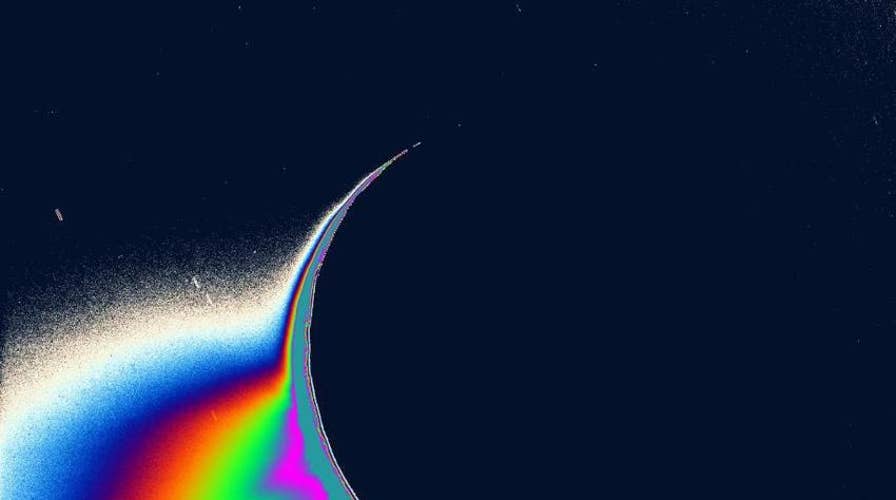NASA scientists offer new clues to how life started on Earth after reproducing the origins of life on the ocean floor
NASA scientists offer new clues to how life started on Earth after reproducing the origins of life on the ocean floor in a lab.
A new NASA study has recreated the origins of life, building the ocean's floors from 4 billion years ago as humanity attempts to understand how life started on Earth and where else it might be found.
The study, conducted by astrobiologists at NASA's Jet Propulsion Laboratory (JPL) and published in Proceedings of the National Academy of Sciences, looks at how life began in hydrothermal vents on the ocean floor.
"Understanding how far you can go with just organics and minerals before you have an actual cell is really important for understanding what types of environments life could emerge from," said Laurie Barge, the lead investigator, in a statement. "Also, investigating how things like the atmosphere, the ocean and the minerals in the vents all impact this can help you understand how likely this is to have occurred on another planet."
NEW NASA TEAM DEDICATED TO FINDING ALIENS
Barge and her team were able to recreate the seafloor by filling beakers with mixtures that were similar to the primordial ocean, including water, minerals and ammonia and pyruvate that are generally located near hydrothermal vents. The mixture was heated to 158 degrees Fahrenheit, the oxygen was removed and they added iron hydroxide, or "green rust," which was abundant in the early days of the planet.
The green rust reacted with the traces of oxygen that were left, which produced the amino acid alanine and the alpha hydroxy acid lactate. Some researchers believe these could combine (like Legos) and create further complex molecules which could then be a precursor to life.
"We've shown that in geological conditions similar to early Earth, and maybe to other planets, we can form amino acids and alpha hydroxy acids from a simple reaction under mild conditions that would have existed on the seafloor," Barge added in the statement.
While it's important to note NASA has not created life itself in the experiment, it does raise the possibility that the hydrothermal vents could appear elsewhere in the universe and be a building block for life.
"If we have these hydrothermal vents here on Earth, possibly similar reactions could occur on other planets," said JPL's Erika Flores, co-author of the new study.
SCIENTISTS HAVE FOUND THE 'BUILDING BLOCKS' FOR LIFE ON SATURN'S MOON ENCELADUS
"We don't have concrete evidence of life elsewhere yet," said Barge. "But understanding the conditions that are required for life's origin can help narrow down the places that we think life could exist."
The implications of the research are vast, especially as new celestial bodies are discovered, with some having the components to host life.
In 2018, researchers discovered that Saturn's moon, Enceladus, has the "building blocks for life," after complex organic molecules were found on the natural satellite.
CLICK HERE TO GET THE FOX NEWS APP
A recently discovered exoplanet that orbits Barnard's Star – known as Barnard b – could have the potential for extraterrestrial life if water exists somewhere on the planet. That's due to the possibility of geothermal heating, which could create an ocean for primitive life.

